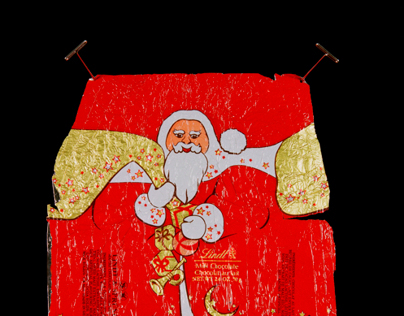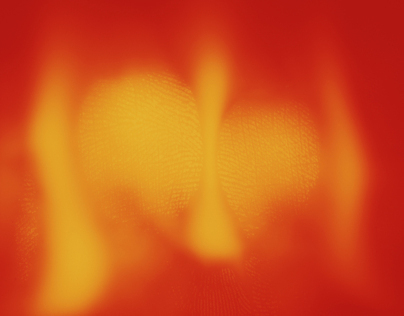Empty Lots, 2008
Archival digital prints, mounted to plexiglas, approximately 16" x 20" ea. ed. of 3. Chicago’s great physical feature is not the height of its skyscrapers, but the flatness of its terrain. To take advantage of the endless Midwestern plains, it is laid out in a persistent grid that lays waste to the land, ignoring all geographic features. Aside from a splendid lake front, there is no conformity to markers such as rivers, valleys, or hills, as in cities like Toronto or Boston. Chicago is the city’s city. “The Machine” is a hard-working political, economic, and architectural hydra. Yet within this tight urban apparatus, there areas where the city ends. These pockets take shape as empty lots squeezed in between buildings, houses, parking lots. Representing lacunae in the city’s fabric, these empty spaces are like grass in the cracks of a sidewalk, a rhizomic void in the skyline. They are gaps of nothingness, like missing teeth in an overfull mouth. Empty lots such as these are within every city’s territory, yet they exist outside of their identity. They are ungoverned Lesothos or Vatican Cities. Alternately called urban prairies (geographic), unproductive land (economic), and terrain vague (philosophical), they serve purposes beyond the city’s control: they are a social space; they are a dumping ground for waste and litter; they are a place for crime and play; they are both a visual resting place amidst Chicago’s dense architectural fabric and an eyesore; and they are also nothing at all. The photographs that make up this series are as flat and square as the land they depict. They are taken from above, 40-80’ high. From this perspective we see traces of past purposes and patterns of use that are not visible from the ground. This reveals not only the human past, but nature’s strategies for reclaiming the land. While every major city has these areas, Chicago’s particular flatness, rectilinearity, and fabled skyline lend a revelatory aspect to this process. They are a shortcut to both the pre-urban past and a post-human future.








